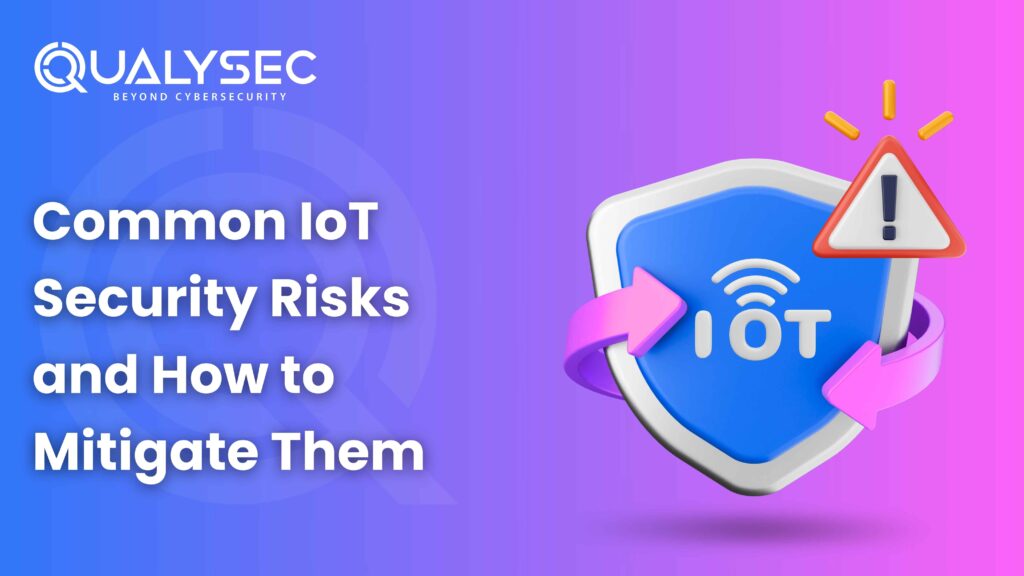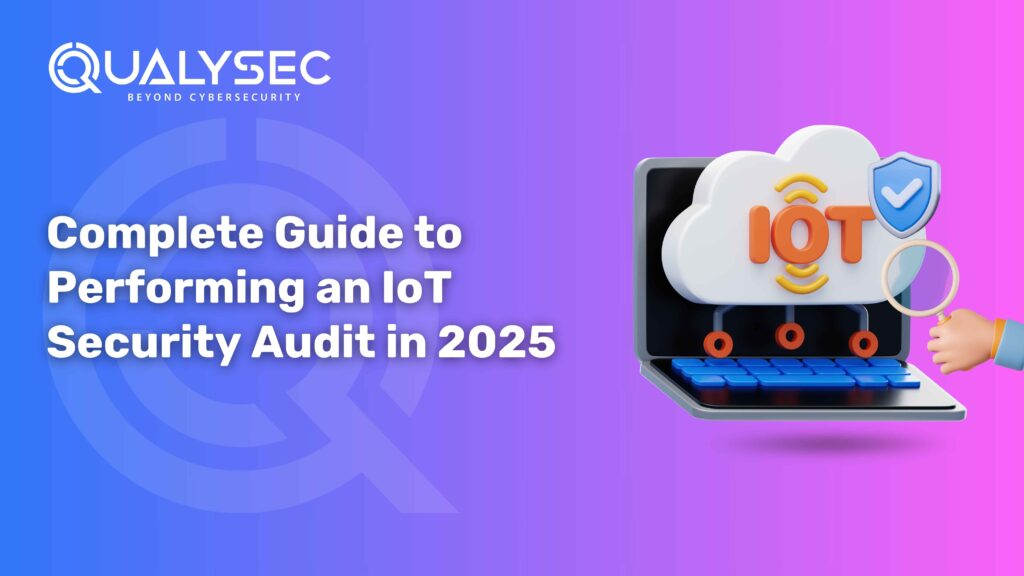Common IoT Security Risks and How to Mitigate Them
The Internet of Things (IoT) is rapidly expanding in India. Devices such as smartwatches, home security cameras, connected cars, and industrial machines are now pervasive in our lives. IoT Security Risks offer many benefits by sharing data and working autonomously. However, along with those benefits, smart devices present serious security challenges. Most IoT devices are designed with limited security functions. If a device is insecure, it is susceptible to being hacked or used in malicious ways. This may result in a loss of data, the ability to spy, or even damage systems as a result of the malicious act. In India, where the adoption of technology is exponential, securing IoT devices is critical. In this blog, we will look at the most common IoT security risks and explain how to protect your devices. Whether you are a business owner or a regular user, knowing about these risks can help you stay safe and make better decisions. What Is IoT Security Risks? IoT Security Risks is several best practices and technologies used to protect networks and devices from potential cyber threats. These connected devices have low processing power and often lack strong built-in security, and can be vulnerable to attacks. So both manufacturers and users need to work together to protect the IoT devices, applying proper IoT security standards and practices. Top Common IoT Security Risks As IoT (Internet of Things) devices continue to grow in popularity in both homes and businesses across India, it’s essential to know the risks involved. The intelligent devices in the IoT space can make life much easier, but they come with security risks. Let’s take a look at the most prevalent risks related to IoT security. 1. Weak Passwords and Login Security The majority of IoT devices come with easily guessed default usernames and passwords. The majority of users forget to change these default names and/or passwords and thereby leave themselves vulnerable to hackers. Other devices do not request a password. This very low level of authentication makes for an easy attack vector to exploit the access and maliciously use the target IoT device. 2. No Regular Software Updates Many IoT devices get infrequent (if any) updates for either the software or firmware. Older security issues are going to remain fixed, and hackers are going to use known bugs to exploit your device. Regularly updated devices are certainly going to be safer, but not all manufacturers provide those updates. This increases the demand for regular IoT security audit practices. 3. Low Processing Power The CPU power and storage of an IoT device are small in comparison to a normal computer. Due to the limited memory and CPU power, it is not viable to implement a strong security tool, such as an antivirus or a firewall. IoT devices are left vulnerable to cybercrimes, where the cybercriminal can generally breach the basic protection level. 4. Unencrypted Data Transfer Some IoT devices send and receive both information and data in the clear, unencrypted. This means an attacker on that network has access to anything sent to/from that device, so your sensitive information, such as your passwords, health data, and location data, is at risk. If this information is broadcast without encryption, then it becomes very easy for them to capture it and utilise that data inappropriately. 5. Using the Same Network for All Devices Some users connect their IoT devices to the same wi-fi as devices such as laptops or mobile phones. If an IoT device is hacked, then the attacker can access other connected systems. This makes all aspects of this network unsafe and increases the possibility of data theft. Read our recent suggested blog on IoT Device Security. Latest Penetration Testing Report Download How to Mitigate IoT Security Risks Securing your IoT devices from hackers is important. It’s not difficult to protect your IoT devices and personal data, and there are a few easy steps you can take to secure your devices. By taking a few common-sense steps, you can minimise your risks and enjoy smart technology and its benefits. The following outlines some essential ways to secure your IoT devices. 1. Create Strong and Unique Passwords When you first set up any IoT device, change the default password. Ensure you are using strong and unique passwords that are not easily guessed. Avoid using common passwords like “123456” or “admin”. When available, two-factor authentication adds another layer of safety. It is a simple way to deter easy break-ins. 2. Ensure Firmware is Current IoT devices often have updates to address security bugs. Be sure always to keep the device firmware up-to-date. Enable automatic updates, if available, so you do not have to update manually. In this way, your device will continue to be protected against existing threats. This is a common step in any IoT security audit or IoT device penetration testing. 3. Encrypt Data Transfers Be sure that all data that the device sends or receives is encrypted. Encryption will help protect the data from any hacker intrusion. Use secure protocols and file transfers, such as TLS and HTTPS. As a bonus, using a VPN will protect the device’s security during communication and protect data. 4. Use Private Networks Never connect your IoT devices via public Wi-Fi. Use your secure home network, set up a private network, or connect through a trusted VPN provider. Public networks are open and unsafe from hackers and malware. A private network provides more control and protection for your data is a basic part of IoT security testing. 5. Monitor Device Behaviour Pay attention to your device’s behaviour. If you notice unusual spikes in data use or failed login attempts, it may indicate a problem. There are many tools to help identify unusual activity early, which allows you to react before a bigger issue occurs. 6. Disable Unused Features Turn off all features you do not use, e.g. voice calling, SMS, or incoming data. Fewer features will reduce points of attack for a hacker and also save





